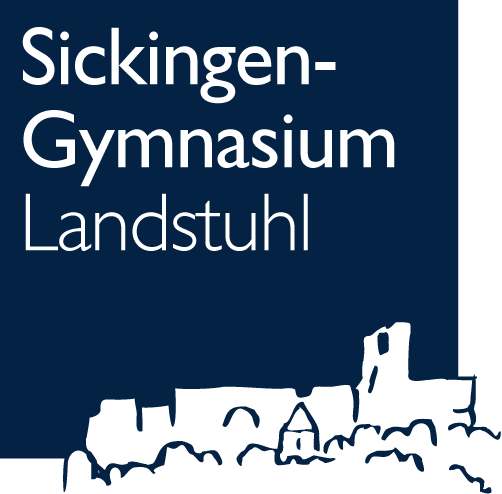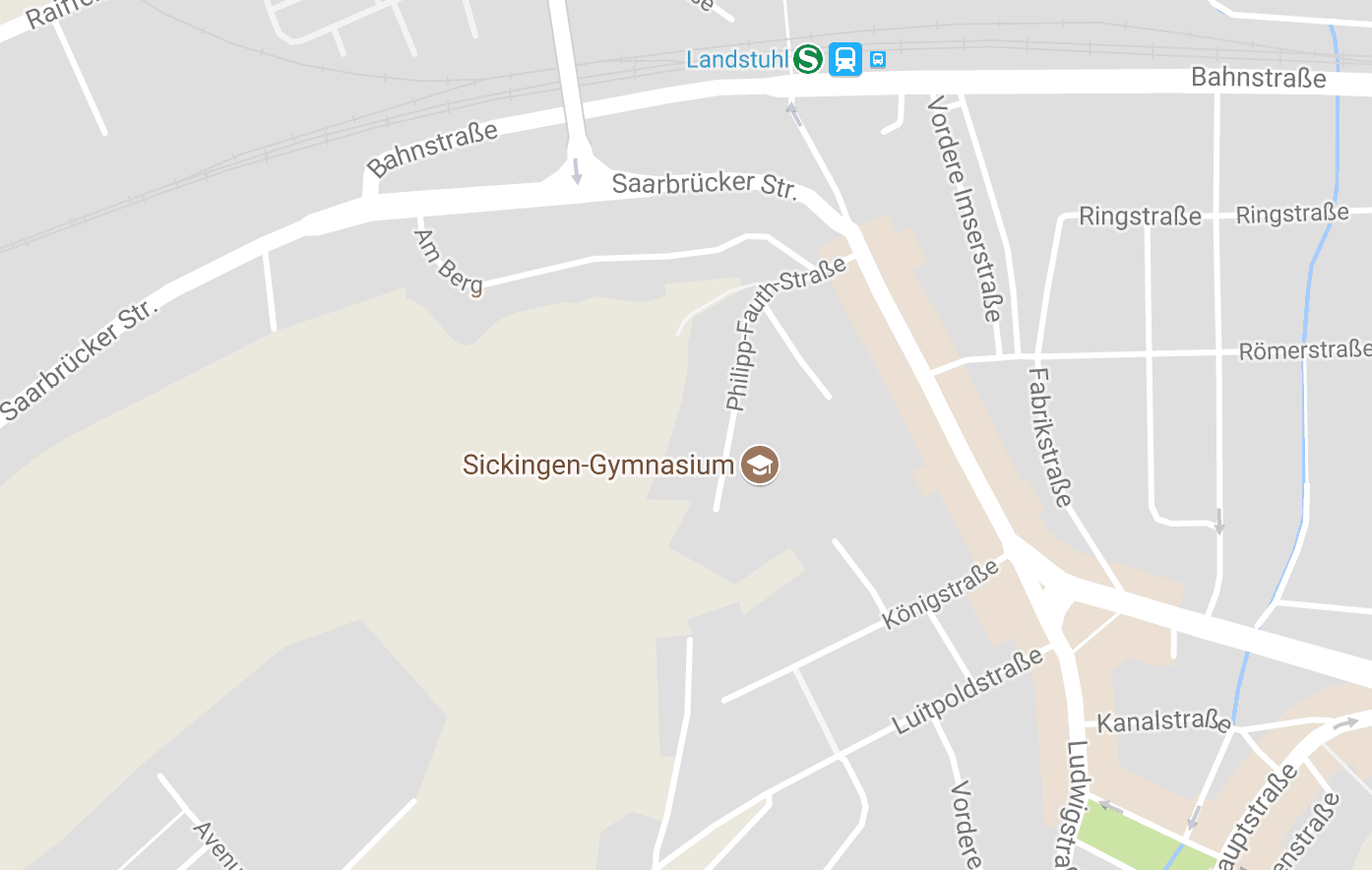Shaking Education – Earthquakes in Europe
Tolle Erfahrungen des Sickingen-Gymnasiums mit einen europäischen Projekt — 10.05.2021
Shaking Education – Earthquakes in Europe
“Shaking Education“ is an international project, where three schools from different countries are working together. The schools are “Torquay Girls Grammer School” from Torquay in England, the comprehensive school “Grunnskólinn í Hveragerđi” from Hveragerđi in Iceland and “Sickingengymnasium” from Landstuhl in Germany. Taking part in this project is voluntary for the students, who have to work very independently. The topic of the project is to investigate and learn about earthquakes and plate tectonics, escpecially in Europe.
In the first part the students started to get to know their partners by writing e-mails to their partners and by participating videoconferences.
As a second step the students designed logos for this project and performed the first experiments together.
After that the students will present the results and examine the effects of plate tectonics in their own countries. With the volcano Fagradalsfjall in Iceland currently being very active, this project is highly up to date.
Experiment “Plate tectonics”
This experiment, which we did while we were connected via video conference, is intended to demonstrate the effects of plate tectonics, especially the formation of mountains and valleys.
For millions of years, the Arabic Plate has drifted northbound, away from the African Plate. This means that the Arabic Plate is in the North; colliding with the Eurasian Plate. Apart from that, it is also folding up the Taurus and Zagros Mountains along the convergent plate boundary.
On the southwest border, the divergent plate movement produced the Red Sea Rift. The sea is currently still widening and scientists predict that one day it will be an ocean. It is estimated the spreading rate on either side of the Red Sea is about 1cm per year.
In our experiment we recreated this using a sand-filled baking tray and an Arabic Plate – shaped piece of cardboard. On the cardboard we fixed two threads on either end of the longest side. After that, we gently moved the cardboard “northbound” by pulling the thread closest to the North, and we also saw the effect in the sand.
It was easy to see that on the “North”-boundary of the cardboard the sand was building up a wall and on the “South”-boundary a gap was growing as we moved it more.
"By Julian Heinz and Bonnie"


